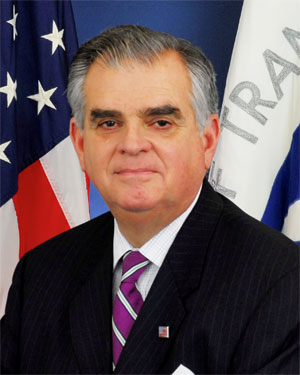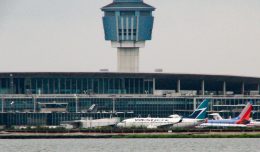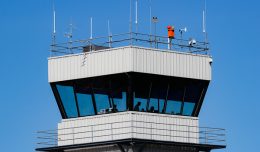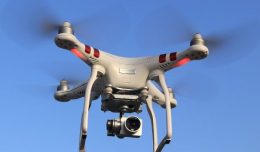U.S. Transportation Secretary Ray LaHood on Wednesday received recommendations from a federal advisory committee on how to address challenges faced by the U.S. aviation industry.

Among the recommendations presented by the committee are proposals that federal government assist in funding NextGen equipage on aircraft, ensure greater transparency for consumers in airline pricing, expand the sources of safety data available to the Federal Aviation Administration (FAA), and ensure that global airline alliances enhance the viability and competitiveness of the U.S. aviation industry.
The Future of Aviation Advisory Committee (FAAC), created in April, presented 23 specific recommendations to Secretary LaHood on how to ensure the strength, competitiveness and safety of aviation.
The committee’s 19 members represented airlines, airports, labor, manufacturers, environment, finance, academia, consumer interests, and general aviation stakeholders.
“This committee has provided a valuable service to all members of the aviation community with this blueprint for the industry,” Secretary LaHood said. “As we move forward, these recommendations will provide valuable guidance for making the world’s greatest aviation system even greater. I thank the members of the committee for their hard work and dedication, and I look forward to thoroughly reviewing the recommendations,” he added.
The committee focused principally on five issue areas: ensuring aviation safety, ensuring a world-class aviation workforce, balancing the industry’s competitiveness and viability, securing stable funding for aviation systems, and addressing environmental challenges and solutions.
Other specific recommendations include developing improved methods of predicting safety risks, incorporating safety standards into planning for NextGen, the FAA’s overhaul of the national airspace system, improving links between airports and other forms of transportation, and enhancing science and technology training for the future and current aviation workforce.
The FAAC also recommended ensuring that aircraft operators are able to realize the benefits of NextGen as quickly as possible, as well as reducing aviation’s impact on the environment through use of sustainable fuels and improved aircraft technology, and accelerating the use of NextGen equipment to promote greater efficiency.
The U.S. Department of Transportation further stated that it will now review the recommendations and develop a plan for their implementation, adding that members of the FAAC will be invited to attend periodic briefings to update them on the progress in implementing their recommendations.







